Want your startup to thrive? Focus on role clarity. Here's why it matters and how to achieve it:
Why role clarity is crucial:
- Prevents wasted time and resources
- Boosts productivity by up to 53%
- Increases job satisfaction and engagement
- Reduces stress and burnout
- Makes hiring easier
6 tips for improving role clarity:
- Set clear job duties
- Link roles to company goals
- Review roles regularly
- Keep communication open
- Use role mapping tools
- Offer ongoing training
Quick Comparison:
| Aspect | With Role Clarity | Without Role Clarity |
| Task completion | Efficient | Tasks missed |
| Team dynamics | Smooth collaboration | Conflicts |
| Employee retention | Higher (84% stay) | Lower |
| Performance | Measurable | Hard to assess |
Remember: Role clarity in startups isn't about rigid job descriptions. It's about creating a shared understanding of responsibilities while staying flexible as you grow.
Let's dive into how you can make this happen for your startup.
Related video from YouTube
What is Role Clarity?
Role clarity means everyone in a startup knows their job, expectations, and how they fit into the big picture. It's about understanding duties, goals, and performance metrics.
Why does it matter? Here's the breakdown:
- Better teamwork: Clear roles = smoother collaboration.
- Higher productivity: Employees with role clarity are 53% more efficient and 27% more effective. That's a 25% performance boost.
- Job satisfaction: 75% of employees with high role clarity feel more engaged.
- Less stress: Clear roles prevent burnout by distributing tasks fairly.
- Easier hiring: Knowing what each role needs makes finding the right people simpler.
Here's a quick comparison:
| Aspect | With Role Clarity | Without Role Clarity |
| Task completion | Efficient | Important tasks missed |
| Team dynamics | Smooth collaboration | Responsibility conflicts |
| Employee retention | Higher (84% stay) | Lower (frustration, burnout) |
| Performance | Measurable | Hard to assess |
Let's look at a real example:
"Your ideal team cannot simply set the strategy but must also be able to do the grunt work that pushes that strategy forward."
This quote from Remote's VP of growth shows that startup roles often overlap and evolve. At Remote, their DevOps leader handled tech ops, while designers helped with the website.
The takeaway? Role clarity in startups isn't about rigid job descriptions. It's about creating a shared understanding of responsibilities while staying flexible as the company grows.
6 Ways to Improve Role Clarity
Want your startup to perform better? Focus on role clarity. Here's how:
1. Set Clear Job Duties
Write job descriptions that show exactly what the job involves day-to-day. Aim for 700-2,000 words - you'll get 30% more applicants.
"The best job descriptions create an exact picture of the day-to-day responsibilities of the role." - Ladders job-search firm
Pro tip: Use bullet points and active language. Make it easy to read.
2. Link Roles to Company Goals
Show how each role helps achieve your startup's main goals. It helps team members see their impact.
| Role | Company Goal | Impact |
| Developer | Launch new feature | Directly improves product |
| Sales Rep | Increase revenue | Brings in new customers |
| Customer Support | Improve retention | Keeps customers happy |
3. Review Roles Regularly
Startups change fast. Make sure roles keep up:
- Do quarterly role reviews
- Ask team members about their changing duties
- Update job descriptions as needed
4. Keep Communication Open
Talk openly about roles. At The Predictive Index, new hires make a slide explaining their role, duties, and how they can help others.
5. Use Role Mapping Tools
RACI charts can be a game-changer. They show who's:
- Responsible
- Accountable
- Consulted
- Informed
This prevents task overlap and confusion.
6. Offer Ongoing Training
As roles change, skills need to keep up. Set up continuous learning:
- Offer online courses
- Start mentorship programs
- Encourage skill-sharing sessions
Common Role Clarity Mistakes
Startups often mess up when defining roles. Here's what goes wrong and how to fix it:
Overlapping Duties
Ever seen two people do the same job without knowing it? That's a waste of time and effort.
Here's how to stop it:
- Write clear job descriptions
- Use RACI charts (who's Responsible, Accountable, Consulted, Informed)
- Have regular team check-ins
Unclear Reporting Lines
When people don't know who's boss, it's chaos. This happens a lot in flat orgs or fast-changing startups.
The fix:
- Make a simple org chart
- Put reporting lines in job descriptions
- Tell everyone when things change
Role Ambiguity
Vague jobs = confused and stressed employees. As Birkman puts it:
"Role ambiguity is a setback that ultimately leads to unproductivity."
How to fight it:
- Write specific job descriptions
- Review roles regularly
- Tell people it's OK to ask questions
Misaligned Hiring
Hiring without clear roles? You'll end up with skill gaps or too many cooks in the kitchen.
Do this instead:
- Define the role before you post the job
- Make sure new hires fit your goals
- Get the team involved in hiring
Ignoring Role Evolution
Startups change fast. Last quarter's perfect role might not work now.
Keep roles fresh by:
- Checking them every few months
- Asking employees what's changed
- Tweaking roles as you grow
Poor Communication
Even great roles cause problems if no one knows about them.
Spread the word by:
- Creating a simple employee handbook
- Using guides for new hires
- Talking about roles in team meetings
How to Check if Roles are Clear
Want to know if your startup's roles are crystal clear? Here's how to find out:
Ask Your Team
The best way? Just ask. Set up one-on-ones or send out anonymous surveys. Try these questions:
- "What are your main duties?"
- "How does your work fit into our big picture?"
- "Who do you go to for help or decisions?"
Spot the Warning Signs
Keep your eyes peeled for these red flags:
- Tasks slipping through the cracks
- Duplicate work
- "Not my job" becoming a catchphrase
- Deadlines and goals going whoosh
Use Performance Reviews
Look at how folks are doing. If someone's constantly off-target, they might not get their role.
Role-Play Scenarios
Throw quick work situations at your team. If they're scratching their heads about who does what, you've got a clarity issue.
Check Your Numbers
Is productivity down? Quality slipping? Unclear roles might be the culprit.
Bring in Fresh Eyes
Sometimes you're too close to see the problem. A consultant can spot role confusion you might miss.
Conclusion
Role clarity isn't optional for startups—it's essential. When everyone knows their job, things click. Work flows, people feel good, and your startup hums along.
Here's the breakdown:
- Clear job duties: Write them down. Be specific. Share with everyone.
- Connect roles to goals: Show each person how they fit the big picture.
- Update roles: As you grow, roles should too. Review regularly.
- Communicate: Talk openly to nip issues in the bud.
- Visualise: Use tools to map who does what.
- Keep learning: Ongoing training keeps your team sharp.
Role clarity isn't a set-it-and-forget-it thing. It needs constant attention.
| Benefit | Impact |
| Efficiency | 53% increase |
| Effectiveness | 27% boost |
| Overall performance | 25% improvement |
These stats come from Effectory's study. They show how clear roles can turbocharge your startup.
So, grab these tips and go. Your team (and your profits) will love you for it.
FAQs
How to define roles and responsibilities in a startup?
Here's how to define roles in a startup:
- Look at what founders are good at
- Match roles to what the company needs
- Write out what each job involves
- Connect roles to company goals
- Check and change roles as needed
"Create your role as it suits your abilities. No startup launches with the exact same roles. It must be agile and adaptable, with clearly defined roles that match the personalities of your employees." - Danielle Gillespie, Author at Medium
How to divide roles in a startup?
When splitting up roles, think about:
| Factor | What it means |
| Skills | Give people jobs they're good at |
| Company needs | Focus on what's most important |
| Growth stage | Change roles as the company grows |
| Workload | Make sure work is shared fairly |
At first, founders often do a bit of everything. As you grow, bring in experts for things like marketing, sales, and making your product better.
How to address role confusion?
To fix role confusion:
- Use tools that help people talk to each other
- Have one-on-one meetings regularly
- Ask people about their jobs
- Make roles clear in team meetings
- Update job descriptions when needed
"Team members require transparent role clarity with each other to be successful in their roles and positively impact their mental health." - Birkman
How do you define roles and responsibilities in a startup?
To set roles up well:
- Figure out what each job involves
- Write down what each job does
- Set clear goals for each role
- Make sure roles fit with what the company wants to do
- Tell people exactly what you expect from them
Clear and well-defined roles are essential for a thriving startup. They improve productivity, enhance collaboration, reduce stress, and align tasks with company goals, ensuring long-term success and growth as the company evolves.



